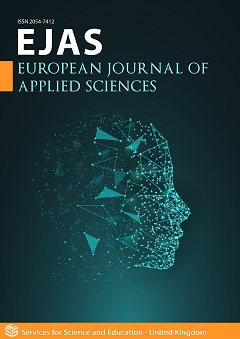Potential of Rubber Wastewater and Paddy Field Mud as Bioelectricity Producers Using Single-Chamber Microbial Fuel Cell
DOI:
https://doi.org/10.14738/aivp.1303.18711Keywords:
Microbial Fuel Cell, Wastewater, Renewable Energy, Eco-Friendly, Anaerobic MicroorganismAbstract
Rubber wastewater contains many organic compounds that can pollute the environment if directly released. Likewise, paddy field mud also contains many organic compounds that can be utilized with rubber wastewater as an electricity producer through the process of breaking down organic compounds by microorganisms to produce electrons using the microbial fuel cell method. Microbial fuel cell will generate electricity while reducing waste load. This study was conducted to determine the potential of rubber wastewater and paddy field mud in the production of electricity through the process of degradation of organic matter by microorganisms. The treatment was done by combining rubber wastewater and paddy field mud with the ratio of 1:1, 1:2, and 1:3. The results showed that the highest voltage production by rubber wastewater was 228.1 mV and by paddy field mud was 27.4 mV. In the treatment, the highest voltage was 75.3 mV at a ratio of 1:1. There was also a decrease in waste load in the form of COD, BOD, TAN, TSS, and pH. The isolation results on the MFC anode found 6 isolates, namely Citrobacter sp.1, Citrobacter sp.2, Citrobacter sp.3, Citrobacter sp.4, Clostridium sp., and Bacillus sp. It can be concluded in this research that rubber wastewater and paddy field mud have the potential to produce electrical energy through microbial fuel cell. It is hoped that optimization in further research on electricity production will be useful as an environmentally friendly renewable energy.
Downloads
Published
How to Cite
Issue
Section
License
Copyright (c) 2025 Raihanir Rafila Sessa, Fuji Astuti Febria

This work is licensed under a Creative Commons Attribution 4.0 International License.






